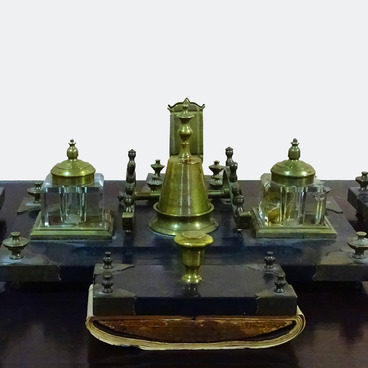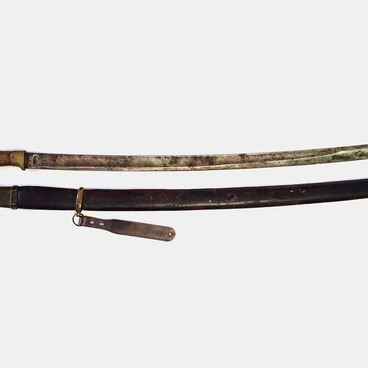The reform of weapons, carried out by Peter the Great shortly before the Battle of Poltava, the Russian army to win the battle. Heavy large-calibre muskets were replaced by lighter and easier to handle rifles — fusils. They did not require a special stand, weighed much less and were rapid-firing.
An important trait of fusils were improved flintlock mechanisms. The frizzen and the flash pan in them were combined. The strongly curved stock facilitated aiming, and the bayonet with a socket could be mounted on the barrel allowing firing with the bayonet fixed. The fusil fired paper cartridges of separate loading, which allowed to bring the rate of fire up to one shot per minute. Particularly experienced riflemen could fire up to four shots per minute. The range of effective fusil volley firing was about 300 metres, and the range of single sighted firing was up to 100 metres.



